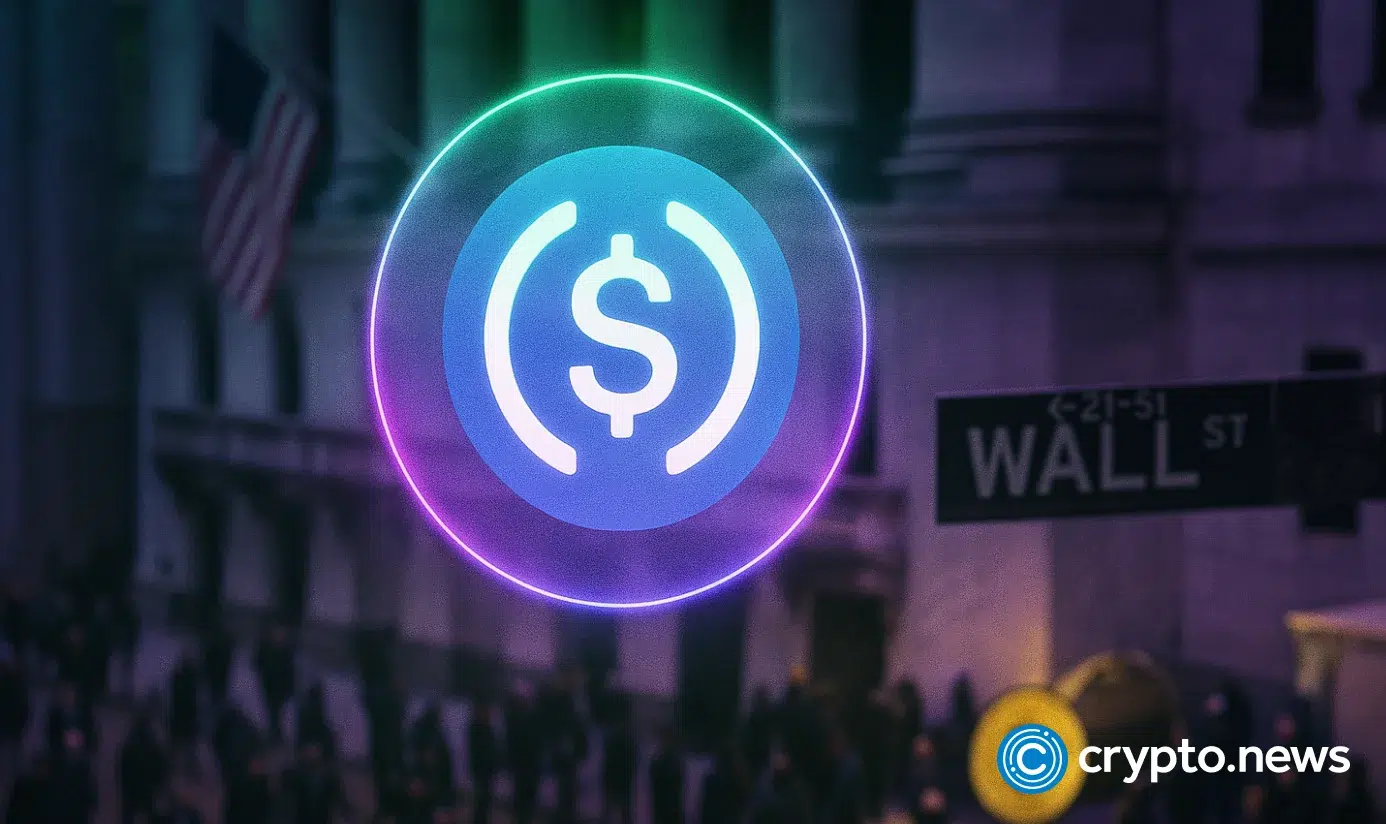

Stablecoins are nearing a breakthrough moment, according to Circle CEO Jeremy Allaire, who likens their current state to the early days of the iPhone — full of untapped potential waiting on better infrastructure and developer tools.
Allaire described stablecoins as “the highest utility form of money ever created” while suggesting widespread developer adoption remains ahead.
The CEO’s comments respond to the growing recognition of stablecoins’ competitive advantages in financial services.
Industry leaders see major stablecoin potential
Chamath Palihapitiya has characterized stablecoins as “the grand unifying theory of financial services” that could democratize competition across the sector. The Social Capital founder projected that stablecoins alone could return 100-200 basis points to global GDP, potentially worth $1-3 trillion in 2025.
Palihapitiya’s analysis suggests stablecoins will primarily impact rent-seeking financial companies that charge excessive fees while providing minimal value.
Analyst Simon Taylor notes that the proposed GENIUS Act legislation would prevent stablecoin issuers from paying yield directly to holders. However, users could still earn returns by swapping between stablecoins and tokenized money market funds instantly across different providers.
This regulatory structure creates distinct categories where stablecoins function like checking accounts while tokenized money market funds operate as savings alternatives. The ability to move between these instruments 24/7 could change traditional banking relationships.
Current limitations prevent mainstream adoption
Despite enthusiasm from industry leaders, practical challenges continue limiting stablecoin adoption. Current payment services through providers like BVNK charge 2% fees plus $1 network costs for contractor payouts. This makes stablecoins more expensive than traditional alternatives.
Services like Deel offer various stablecoin payout options on Ethereum (ETH), Polygon (POL), and Tron (TRX) networks, but fees remain substantially higher than traditional money transfer services like Wise or Revolut that charge minimal fees.
This cost disadvantage currently restricts stablecoin usage to customers without access to traditional financial services or those requiring specific cryptocurrency functionality. The fee gap must close before mass market adoption becomes viable.
However, Revolut is beginning to blur these distinctions by offering USDT deposits and withdrawals.
Allaire’s iPhone analogy suggests that widespread developer adoption requires better tooling, documentation, and infrastructure rather than just technological capability. The original iPhone succeeded because Apple created comprehensive development platforms that made mobile programming accessible.

Source link

